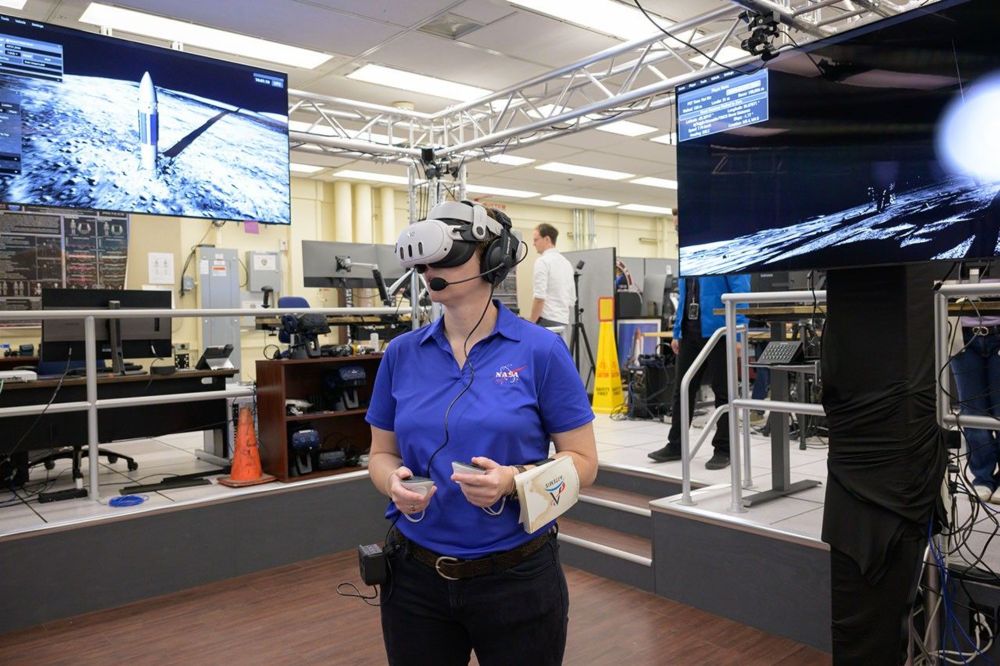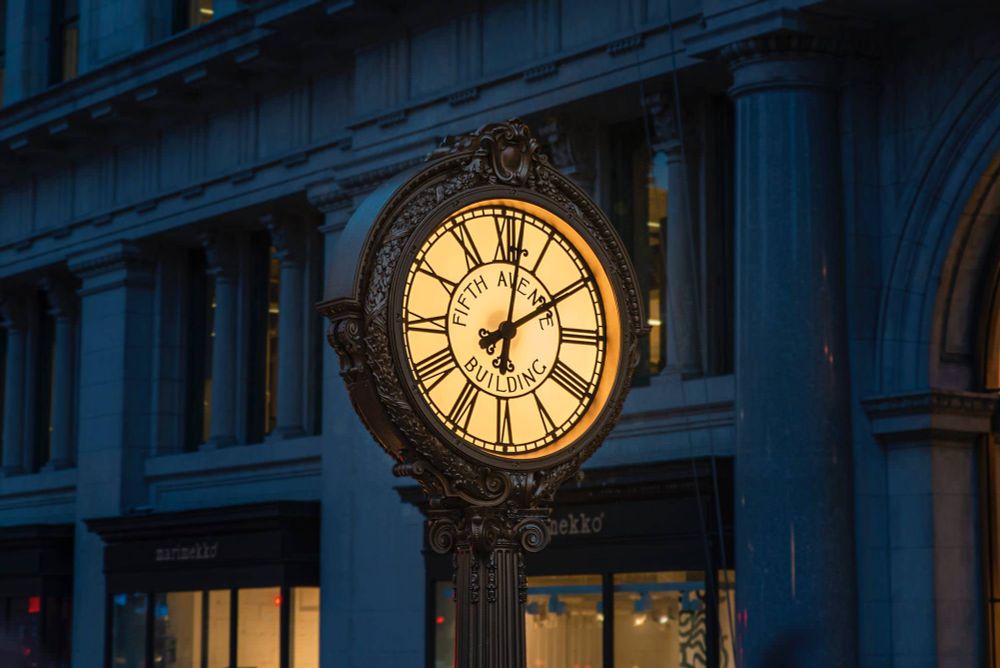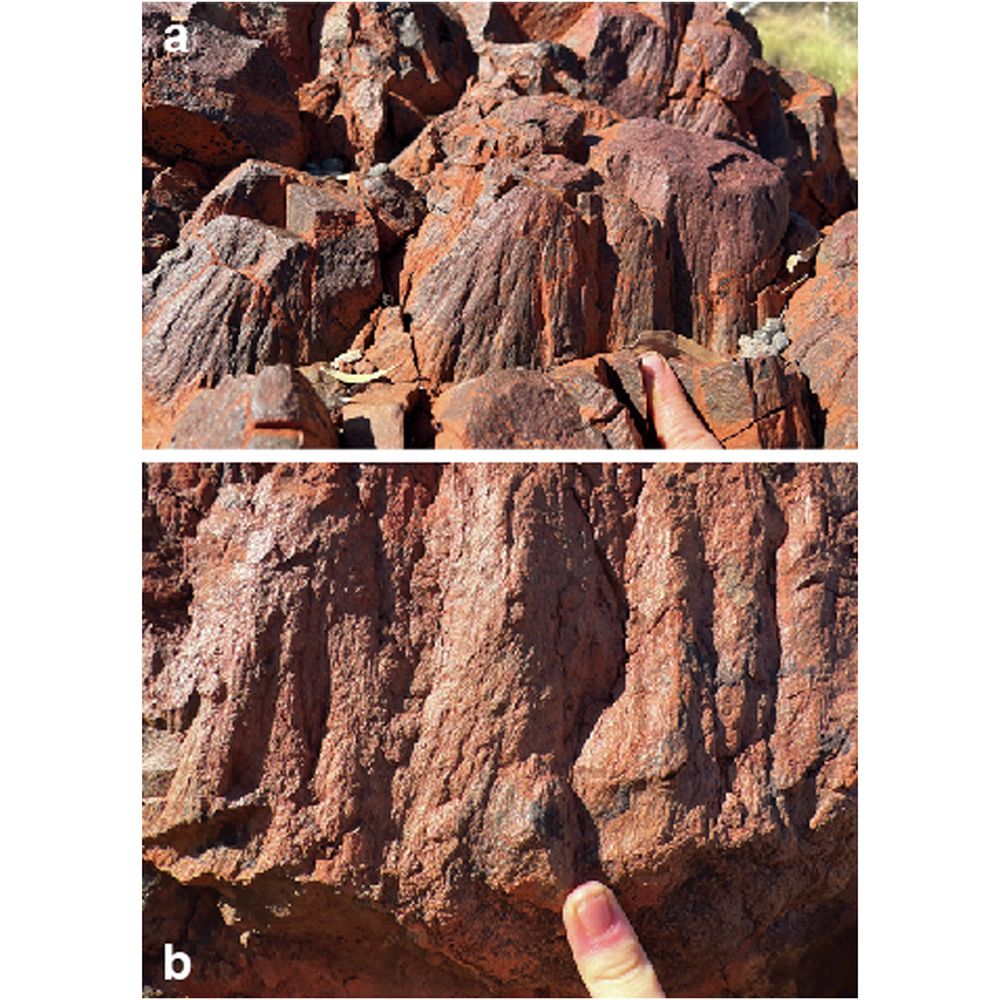
This is figure 2, which shows field photographs of rocks on the flanks of the North Pole Dome.
Shatter cones in rocks in the Pilbara craton, in Western Australia, provide evidence for oldest known impact crater on Earth, which struck 3.5 billion years ago, according to a paper in Nature Communications. https://go.nature.com/3DrWafY ⚒️ 🧪
11.03.2025 13:32 — 👍 35 🔁 10 💬 0 📌 0
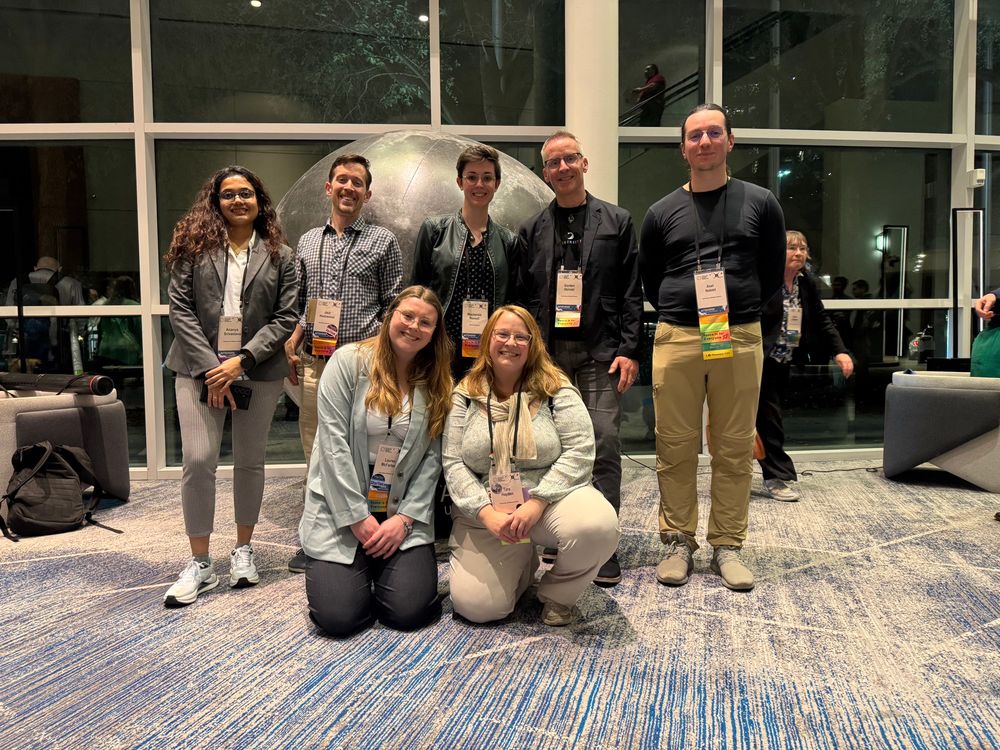
This makes it all worth it! Proud of my group at #LPSC2025 😀 MSc students Lauren & Mack; PhD students Ananya, Axel & Jack, and postdoc Tara @westernu.bsky.social
12.03.2025 11:07 — 👍 10 🔁 2 💬 0 📌 0
I ran "head first" into that joke 🤣
08.03.2025 16:58 — 👍 1 🔁 0 💬 0 📌 0
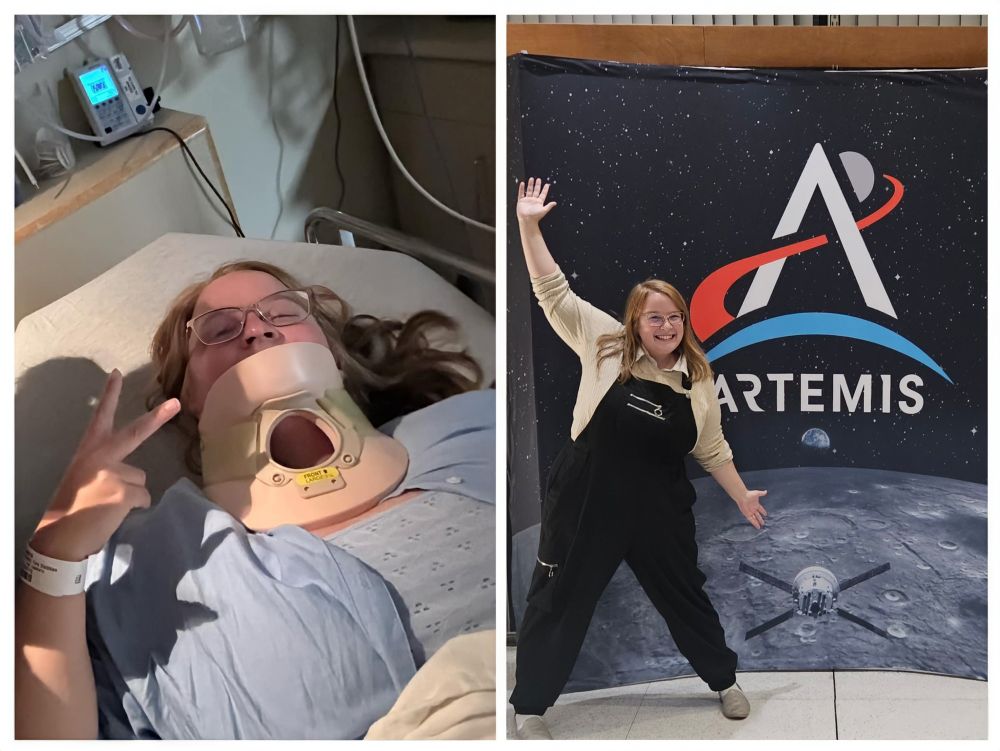
Happy International Women's Day 2025!
This last year was at some points extremely challenging, yet it was also marked with incredible opportunity and unforgettable experiences. Reflecting back, I am proud to have been resilient through the hardships to enjoy the opportunities! ⭐
08.03.2025 13:59 — 👍 3 🔁 0 💬 1 📌 0
We're at a crossroads in planetary science, and now really is the the right time to think about new ways to do what we do.
That's why I'm holding a meeting at 12:00 pm in Creekside Park at LPSC on Wednesday, March 12 to talk about setting up a new professional society.
I hope to see you there!
03.03.2025 18:14 — 👍 71 🔁 15 💬 6 📌 1

So pleased to finally be able to share what we did during our #ArtemisIII geology training in November 2024! Virtual reality simulations will be vital in our return to the Moon. See if you can spot me in the photo of the Artemis III Geology Team below!
Check it out: science.nasa.gov/uncategorize...
05.03.2025 22:21 — 👍 1 🔁 0 💬 0 📌 0
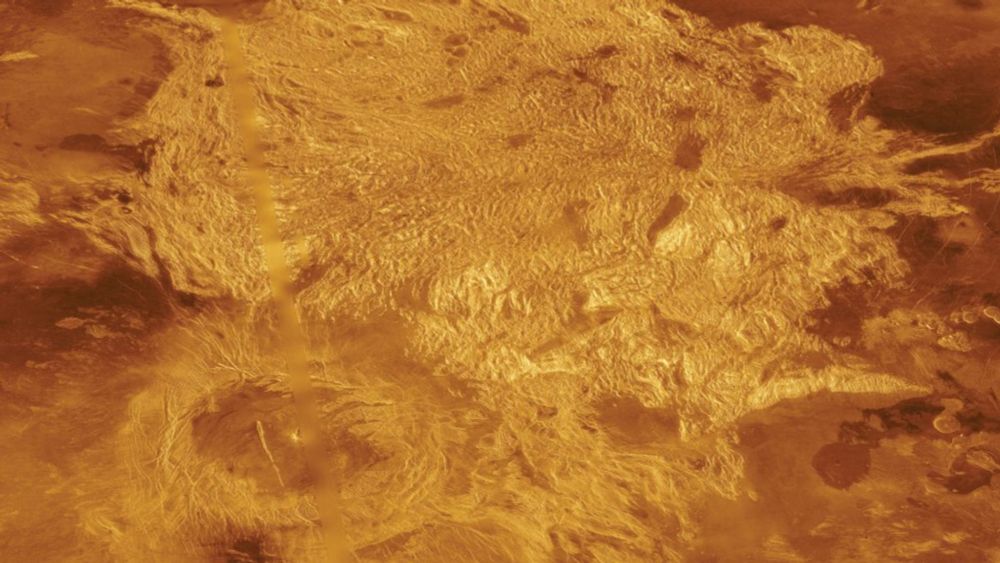
Missions, meteorites, and moons - GEOSCIENTIST
Planetary geoscience is a vast and growing field, with research that spans from the core to atmosphere of different planetary bodies and through billions of years of history. Rapid advances in technol...
Read Marissa's, Ana's and my ponderings on the @geolsoc.bsky.social GeoFutures: Planetary Geoscience conference in November. Lovely to see the community come together and a fantastic opportunity to hear about some really cool space and mission science! 🚀 🌌 🛰️ ☄️
geoscientist.online/sections/une...
04.03.2025 17:04 — 👍 5 🔁 2 💬 0 📌 0
A mystery upon a mystery, this is great!
Sundials having IIII makes a lot more sense when considering Ancient Egyptian numerals, though it would be interesting to know if/why this would have been adopted when using Roman numerals for clocks.
25.02.2025 12:29 — 👍 0 🔁 0 💬 0 📌 0

a man in a tuxedo and suspenders is holding a baton and says science
ALT: a man in a tuxedo and suspenders is holding a baton and says science
In any case, this is why I love being a scientist. Focusing on the seemingly smallest (and not obvious!) detail, exploring the reasons behind it, and expanding my overall knowledge (along with those around me, this made for fun lunchtime conversation!)
25.02.2025 02:48 — 👍 0 🔁 0 💬 0 📌 0

a man in a red sweater is sitting in a chair with a book
ALT: a man in a red sweater is sitting in a chair with a book
Theory 3: Ease of Reading. In the middle ages where education was not as commonplace for the majority of the population, IIII as the literal number 4 (due to the number of lines) may have been used to respect everyone regardless of educational background.
25.02.2025 02:48 — 👍 0 🔁 0 💬 1 📌 0
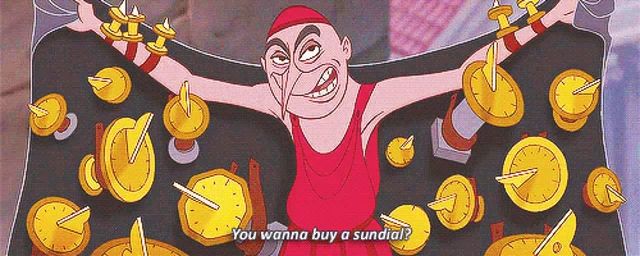
a man in a red shirt is surrounded by clocks and says you wanna buy a sundial
ALT: a man in a red shirt is surrounded by clocks and says you wanna buy a sundial
Theory 2: Mythology/Deity Reverence. The Roman God Jupiter was represented in Latin as IVPPITER. Romans avoided the use of IV on clocks or sundials so as to not insult the Gods.
25.02.2025 02:48 — 👍 0 🔁 0 💬 2 📌 0
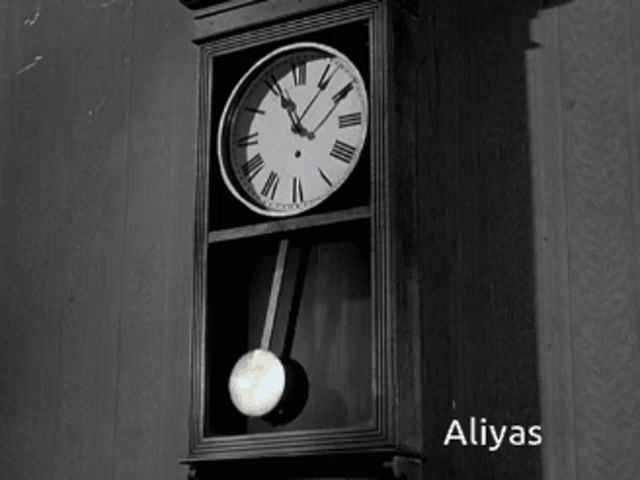
a black and white photo of a clock with the word aliyas on the bottom right
ALT: a black and white photo of a clock with the word aliyas on the bottom right
Theory 1: Aesthetics. IIII looks more visually pleasing. Clocks were once considered a luxury and a centrepiece, where the appearance of the clock would be more important than accuracy.
25.02.2025 02:48 — 👍 1 🔁 0 💬 1 📌 0
Looking into this, we have found several theories for why IIII is used in place of IV, and I thought these would be cool to share:
25.02.2025 02:48 — 👍 0 🔁 0 💬 1 📌 0
Now I was thoroughly confused. After confirming the Roman numeral for 4 is indeed IV, I discussed this weird observation with friends. They had never noticed this on these clocks either.
25.02.2025 02:48 — 👍 0 🔁 0 💬 1 📌 0
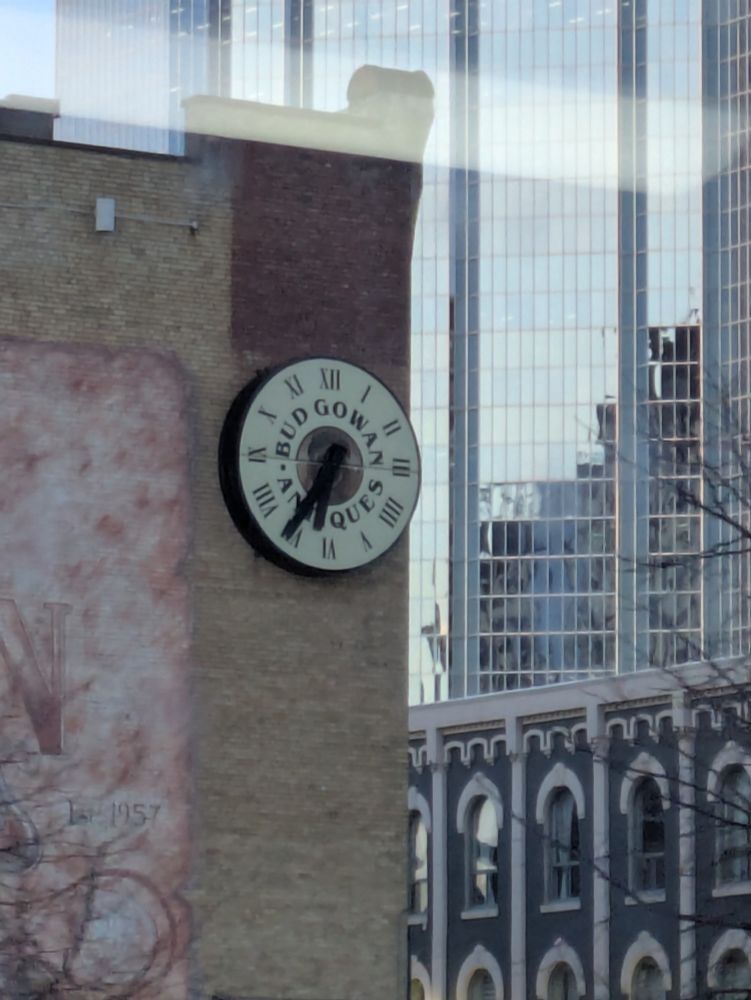
You can see in the photo, 4 is represented by IIII as opposed to IV (the standard roman numeral for 4). I thought it was odd but as the bus moved on, so did I. Until I saw it on a second clock the next street over.
25.02.2025 02:48 — 👍 0 🔁 0 💬 1 📌 0
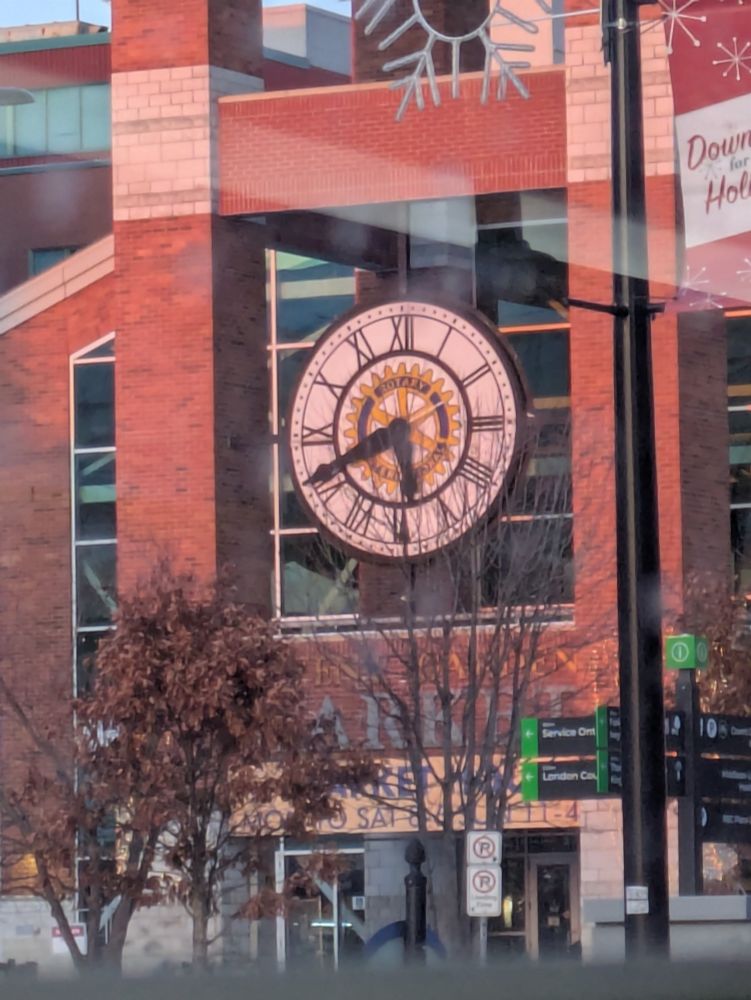
On my way home from work the other day I glanced out of the bus window and looked at the clock outside a local market. Something struck me that I had never noticed before looking at this clock: it had roman numerals but the number 4 didn't look quite right. 🧵
25.02.2025 02:48 — 👍 0 🔁 0 💬 1 📌 0
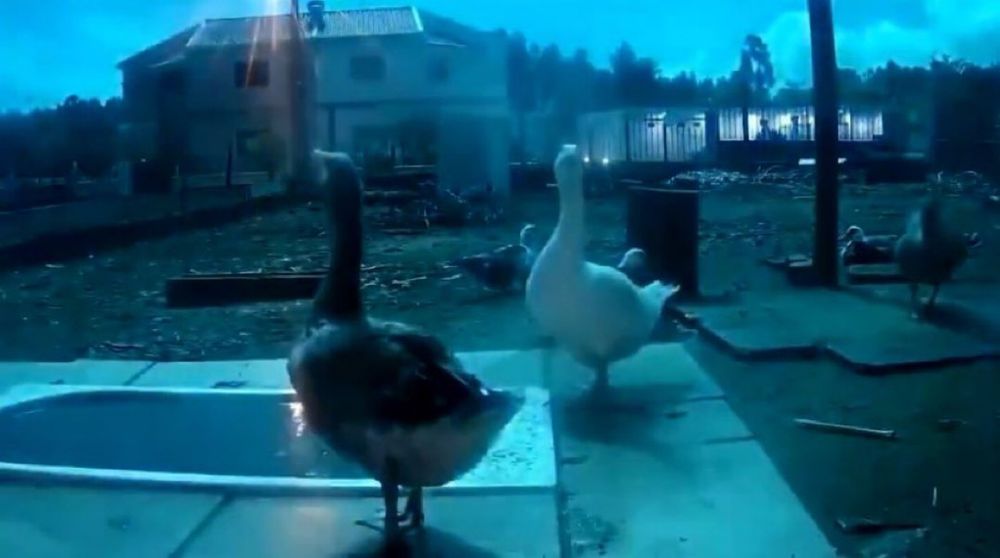
A group of ducks looking up at the sky as the meteor passes over, creating a green glow over them.
did anyone else forget that the ducks witnessing a meteor happened this year
24.12.2024 23:26 — 👍 312 🔁 39 💬 11 📌 1
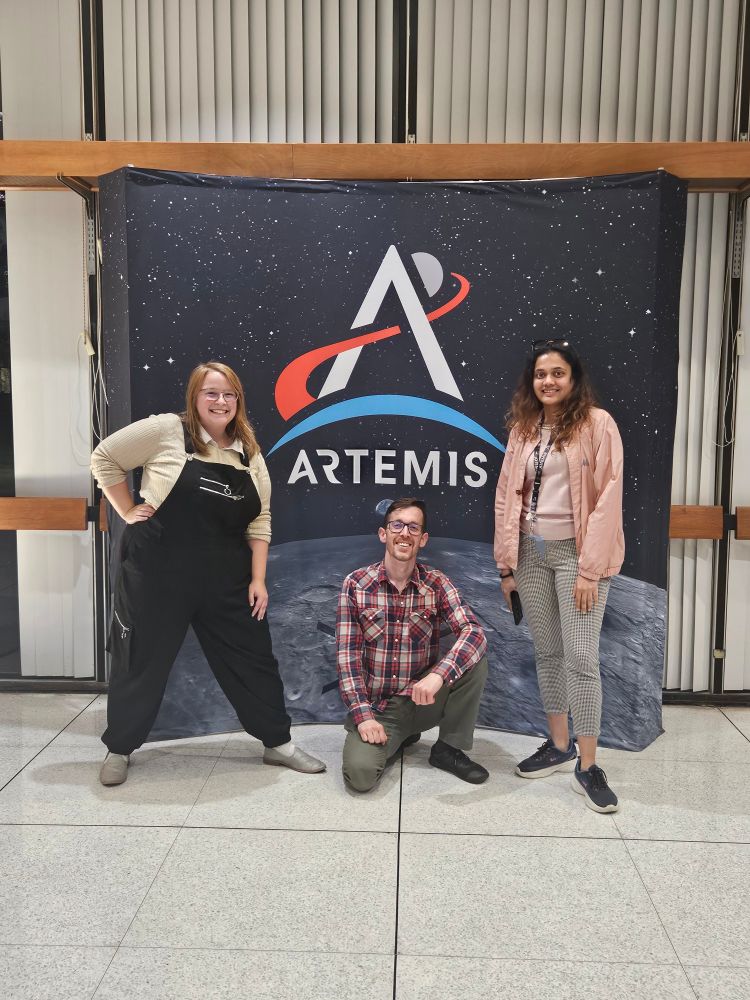
Reflecting on an amazing week at NASA Johnson Space Center at #Artemis III science team training. Immersive experiences like this really put into perspective what we are all working so hard towards - the exciting moment Artemis astronauts set foot on the Moon once again!
23.11.2024 03:35 — 👍 4 🔁 0 💬 0 📌 0
Allow me to introduce myself on here! I'm a planetary scientist/astronomer at the University of Reading (UK), researching Jupiter & Saturn. I've worked at JAXA, NASA, Boston Uni and Uni of Leicester. On the side, I create space animations to share the wonders of our corner of the universe, such as:
17.11.2024 20:35 — 👍 328 🔁 92 💬 21 📌 13
To accompany this #PlanetaryScience starter pack, I make this guide to 12 Types of Planetary Science Papers!!! Based on the original #XKCD comic
Enjoy!
17.11.2024 15:22 — 👍 20 🔁 6 💬 0 📌 3
This marks my first post on BlueSky - I'm Tara, a Postdoctoral Researcher working on lunar geoscience! I love what I've been able to participate in since the beginning of my PhD, this community is wonderful and exciting to be a part of 😊⭐
16.11.2024 22:46 — 👍 6 🔁 0 💬 0 📌 0
Planetary geophysicist at the Institut de Physique du Globe de Paris (IPGP). https://mrak.solarsystem.social
[bridged from https://solarsystem.social/@mrak on the fediverse by https://fed.brid.gy/ ]
Planetary geologist, compulsive explorer, affiliate member of the Artemis III Geology Team, not-yet astronaut | @westernuEarth @westernuSpace |
Nature Portfolio’s high-quality products and services across the life, physical, chemical and applied sciences is dedicated to serving the scientific community.
Professor of Planetary Mineralogy, with a love for Mars, impact craters, cats and music
Between one eye, PhD and an eastern-european accent, I'm one cat away from being a supervillian.
⚫️👄👁
🏳️🌈🇬🇧
Trans rights 🏳️⚧️
Standing with Ukraine & Palestine.
Postdoctoral research associate at Brown University studying planetary science
Professor at Western University. Canadian Lunar Rover PI, Co-I on the Artemis III Science Team, and the ExoMars PanCam and Enfys instruments. Explorer. Geologist. Astronaut Trainer. Husband & Father.
Planetary scientist, astronomer and award-winning science communicator 🪐. Formerly at JAXA, NASA, Boston Uni, and the Uni of Leicester. Now Associate Professor at @UniofReading. Forbes 8 Billion Under 8 Billion. Website: odonoghuespace.github.io
Professor of astrophysics / planetary science / meteoritics at Arizona State University.
Professor at UF Geology. Florida Planets Lab PI. Planetary Scientist, Magma-Maker, Dad, Miami Dolphins and Star Wars Fanatic. Scotch, Titanic, and Red Panda enthusiast. My views.
#FinsUp!
#PlanetaryScience
planets.geology.ufl.edu
Space Sciences grad student at UTSA/SwRI 💫| Purdue ‘22 Planetary Science 🪐| NASA Solar System Ambassador ☄️| Women in STEM 🧑🏻🔬| “We are made of star-stuff. We are a way for the universe to know itself.”- Carl Sagan ✨| I 🩵 Europa
https://beacons.ai/astrojaz
Science and Funding Officer at The Geological Society, PhD in meteorite and lunar geochemistry / physical properties, printmaker, folk music and lit, enthusiastically outdoors. Views are my own.
🌌🔭
Western University grad 🇨🇦
Auburn University grad
🌕🚀. Planetary Geologist💫🪐🌎. Zircons. Impact Craters☄️🌠 #womaninSTEM
Planetary petrologist studying the Earth, Mars, the Moon, Venus, and Mercury
Cosmologist, pilot, author, connoisseur of cosmic catastrophes. TEDFellow, CIFAR Azrieli Global Scholar. Domain verified through my personal astrokatie.com website. She/her. Dr.
Personal account; not speaking for employer or anyone else.
Research Data Scientist
Leeds, UK
he/him
Professor Bimbo, Astronomer, #SFF Author.
She/They, Trans, Poly, Queer, ADHD.
Repped by Liverpool Literary Agency.
THE POTENT SOLUTION, my debut fantasy novel, IS OUT NOW!!!
Linktr.ee/drashleynova
Tips: https://ko-fi.com/ashleynova




